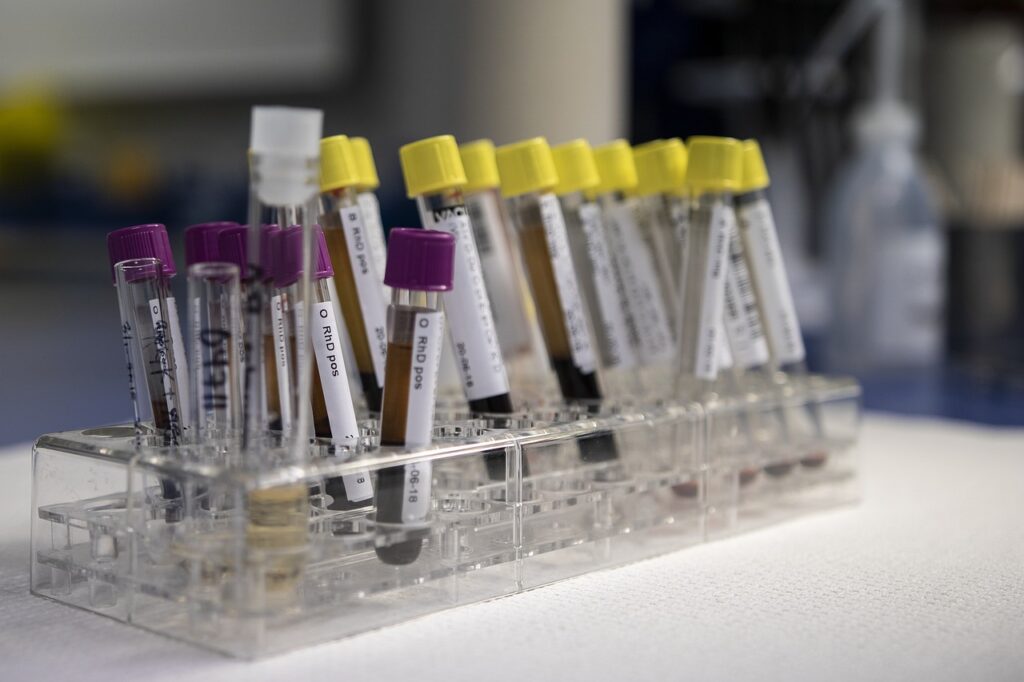
Lung cancer is the most commonly diagnosed type of cancer and a leading cause of death worldwide. There is a rising trend of lung cancer cases, especially among women, and it is a major concern. Smoking is the major risk factor of lung cancer, accounting for about 85% of all cases in current or former smokers. However, lung cancer cases among non-smoker women are becoming an issue in developing countries. Most lung cancers are diagnosed at a late stage, making the survival rate poor at only 15% at 5 years.
While lung cancer screening can help detect the disease at an early, curable stage, there multiple limitations for its global implementation where challenges such as misdiagnosis and lack of infrastructure prevent efficient lung cancer screening.
A study (1) aimed to examine disparities in access to low-dose computed tomography (LDCT) screening for lung cancer in Virginia, USA,. The study used cancer incidence data and adult smoking rates to identify areas with high risk for lung cancer screening disparities. The study found that rural areas in Virginia had higher lung cancer death rates and smoking rates than metropolitan areas, but only two facilities for screening, leading to inadequate access. The study highlights the need for more screening centers in rural areas to cater to the high number of at-risk smokers.

On the other hand, in developing countries, effective lung cancer screening programs are not in place due multiple issues. Implementing such programs requires high costs, human resources, and complex infrastructure. Lung cancer screening with low-dose computed tomography has been established as the gold standard technique as it has demonstrated to be effective in reducing mortality under very specific settings targeting high risk population. As there are usually not established guidelines for lung cancer screening in developing countries, screening approaches result in a high false-positive rate and over-diagnosis. For this reason lung cancer screening is not routinely recommended in countries such as Brazil, where the applicability and cost-effectiveness of low-dose CT are a major issue (2).
Molecular biomarkers have the potential to reduce the cost of lung cancer screening, but more research is needed to make it a point-of-care technology. A population-based approach using validated risk assessment has the potential to reduce the cost of lung cancer screening, but selection of eligible participants is a challenge due to stigma associated with tobacco and smoking. Therefore, tobacco control and smoking cessation are the most important and cost-effective interventions to decrease morbidity and mortality from lung cancer in developing countries. There is a need for aggressive research in lung cancer screening modalities for developing countries, especially considering that lung cancer is the most common cancer in males and its incidence is increasing.

Lung cancer screening guidelines and recommendations have been issued by various organizations globally. The International Association for the Study of Lung Cancer (IASLC) recommends LDCT-based lung cancer screening with a focus on high-risk populations and developing radiological guidelines for developing countries. Countries like Japan, Canada, the European Union, and the US also have issued guidelines, but they vary in terms of age, smoking history, and frequency of screening. However to implement an effective lung cancer screening program, there should be considerations on the high cost of LDCT, large population size, low success rates, lack of infrastructure, and insufficient resources. In conclusion, there is a need for cost-effective and easily accessible screening methods for developing countries rural regions, where lung cancer is expected to become a major burden in the coming years.
Other problems of the lung cancer screening criteria
References
- Ann Thorac Surg. 2019 Aug; 108(2): 412–416. Published online 2019 Apr 2. doi: 10.1016/j.athoracsur.2019.03.003
- Feasibility of lung cancer screening in developing countries: challenges, opportunities and way forward. Transl Lung Cancer Res. . 2019 May;8(Suppl 1):S106-S121. doi: 10.21037/tlcr.2019.03.03.

Pingback: The Importance of Life Expectancy in Lung Cancer Screening - Oncoswab
Pingback: Breaking the Disparities: Addressing Underrepresentation in Lung Cancer Screening - OncoSwab
Pingback: Rethinking Lung Cancer Screening: Targeting High-Risk Groups - OncoSwab